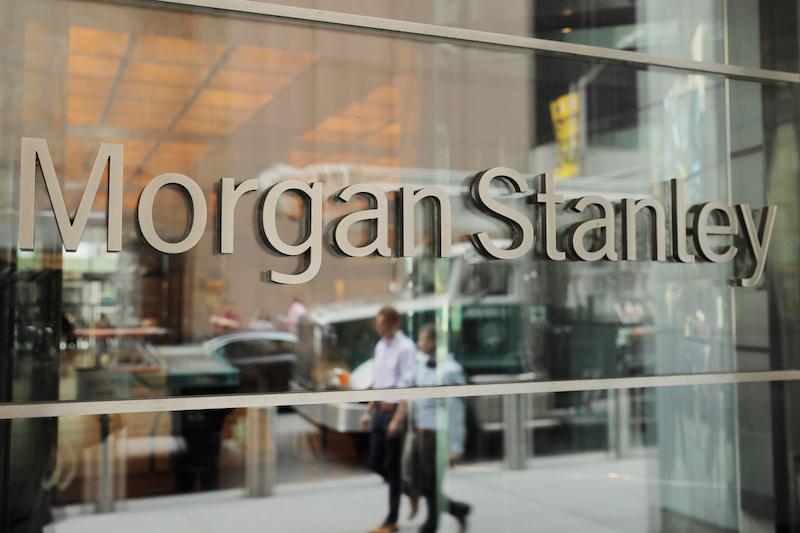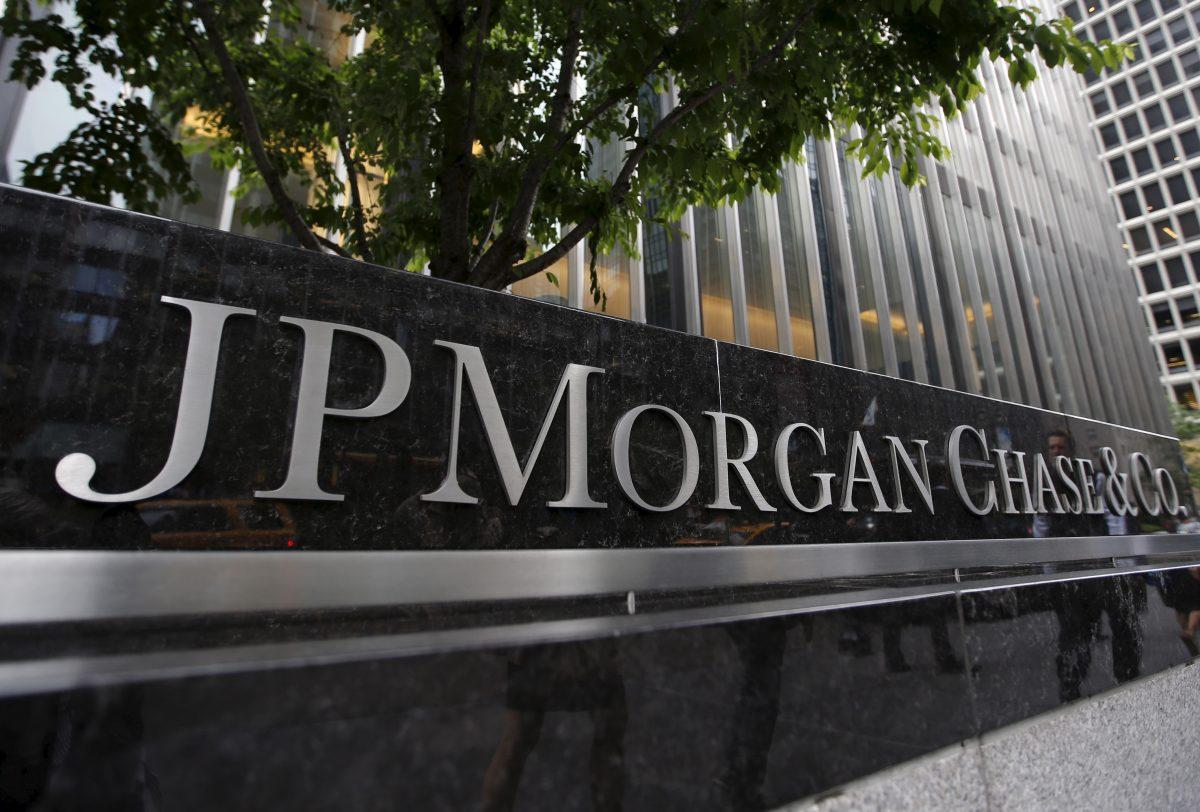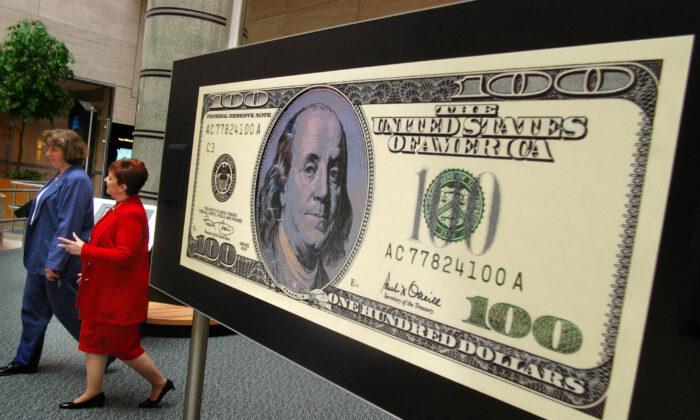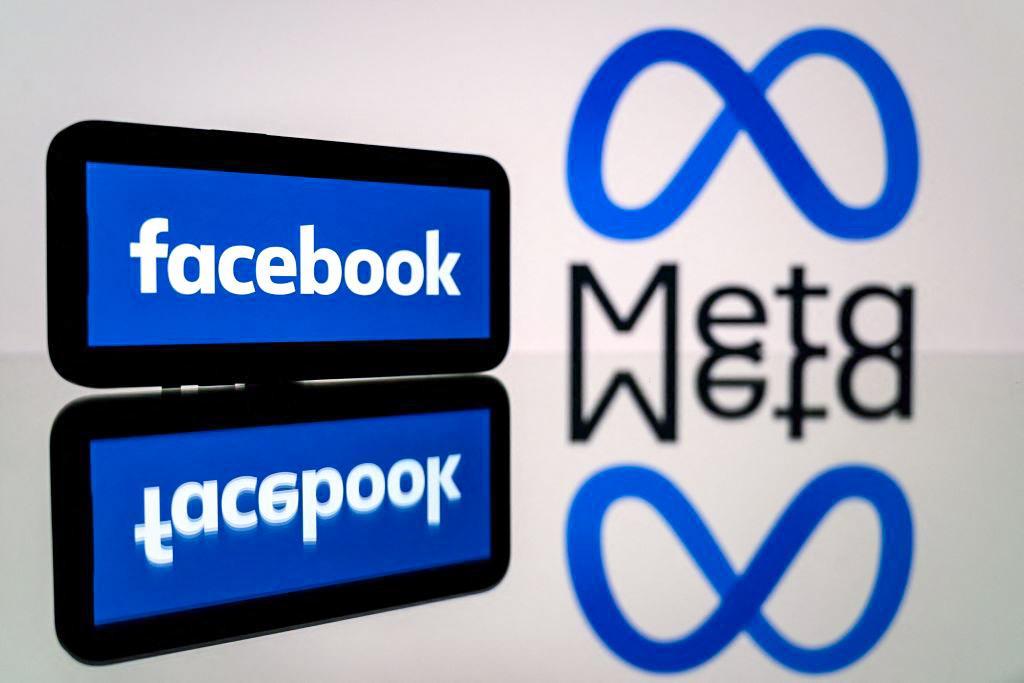On the whole, the United States’ biggest banks posted solid top-line numbers in the January reporting season but bottom-line results were mixed as some institutions suffered painful one-off hits to earnings such as litigation-related costs.
Leading the charge with fourth-quarter profit growth of 47 percent from a year ago was Morgan Stanley, boasting its best year on record. Goldman Sachs, by contrast, was weighed down by litigation costs and posted a 24 percent drop in net income compared to the year-earlier quarter.
JPMorgan Chase’s profits were up 21 percent and Citigroup’s rose 16 percent, while Bank of America’s fell 4 percent, and Wells Fargo’s plummeted 38 percent.

Banks faced a dynamic operating environment in 2019 after the Federal Reserve cut interest rates three times. Higher rates tend to benefit the bottom lines of deposit-taking financial institutions because they widen spreads between the interest banks earn from loans and the interest they pay for deposits. Lower rates can have an upside, too, however, as they tend to increase demand from consumers looking to take advantage of cheaper loans.
“Earning expectations for the banks have been elevated, but for the most part they have delivered,” said Bob Lang, founder and chief options strategist at Explosive Options.
Lang added that he expects many banks will continue their 2019 posture of increasing dividends and stock buybacks.
“This should spill over into higher prices for stocks in 2020 as banks deliver more capital back to investors,” he said.
Amid upbeat consumer sentiment and labor market strength but muted wage growth and weaker factory numbers, investors are keeping close tabs on the earnings of listed companies. The income growth of firms listed on the S&P 500 exchange has, in previous quarters, remained flat.
But despite near-zero corporate earnings growth, stock markets have performed well, with many investors anticipating a turnaround in profits in 2020 as global growth stabilizes and trade tensions diffuse.
“The market rally indicates that investors expect higher earnings growth again in 2020,” Alexander Voigt, founder and CEO at daytradingz.com, told The Epoch Times in an email. “The China trade deal and presidential elections are the main influential factors. I expect a stronger outlook during the current earnings release period and a subsequent higher earnings growth for 1Q20 and 2Q20,” he added.
Others expect lackluster figures.
“Analysts should curb their earnings enthusiasm,” Max Gokhman, head of asset allocation at Pacific Life Fund Advisors, told The Epoch Times in an email. “A dearth of capex [capital expenditures] in 2019 means that earnings targets will be hard to hit this year.”
“We expect 4Q 2019 earnings to register a 2.2 percent decline, relative to the same quarter last year, driven primarily by weakness in the energy and discretionary sectors,” said Allen Sukholitsky, founder and chief macro strategist at Xallarap Advisory.
Sukholitsky told The Epoch Times in an email that more significant than the potential for an earnings decline is that the bulk of last year’s impressive gains in the S&P 500 wasn’t due to earnings growth but higher company valuations. He said earnings growth accounted for less than 2 percent of the 31.5 percent of last year’s S&P 500 gains.
Big Bank Revenues, Profits
Morgan Stanley announced fourth-quarter profit growth of 47 percent compared to the previous year’s, the best result on record for the bank (pdf). Net income in the fourth quarter of 2019 was $2.2 billion, compared to $1.5 billion for the year-earlier period.Top-line numbers for Morgan Stanley came in at $10.86 billion for 4Q2019 from $8.55 billion in 4Q2018.
“Firmwide revenues were over $10 billion for the fourth consecutive quarter, resulting in record full-year revenues and net income. This consistent performance met all of our stated performance targets,” said James Gorman, Morgan Stanley’s chairman and CEO.
“While we face a continued high level of complex geopolitical issues, global growth stabilized, albeit at a lower level, and resolution of some trade issues helped support client and market activity towards the end of the year,” said Jamie Dimon, JPMorgan’s chairman and CEO. “The U.S. consumer continues to be in a strong position and we see the benefits of this across our consumer businesses.”

“Due to good client engagement, we drove balanced growth across our products and geographies, closing the year with 16 consecutive quarters of loan and deposit growth,” said Citi CEO Michael Corbat.
Total earnings in 2019 for Bank of America came in at $27.4 billion, adjusted from $29.1 billion, because of a non-cash impairment charge related to the notice of termination of a merchant-services joint venture, the bank said. Earnings in 2018 came in at $28.1 billion.
“We also delivered for shareholders in 2019 by returning a record $34 billion in excess capital through dividends and share repurchases,“ said Bank of America Chairman and CEO Brian Moynihan. ”As evidenced by a quarter in which our customer deposits surpassed $1.4 trillion and client balances in our wealth management business topped $3 trillion, we enter 2020 with momentum.”
“Strong performance in the fourth quarter helped us to deliver solid results for the year, while continuing to invest in new businesses. We aim to drive higher returns in the future, and look forward to sharing our strategic goals and financial targets at Investor Day later this month,” CEO David Solomon said.
The bank is seeking to rebound from the lingering effects of a scandal involving the opening of fake or unauthorized accounts, and has struggled with other regulatory and legal issues.
“Wells Fargo is a wonderful and important franchise that has made some serious mistakes, and my mandate is to make the fundamental changes necessary to regain the full trust and respect of all stakeholders,” President and CEO Charlie Scharf said.





